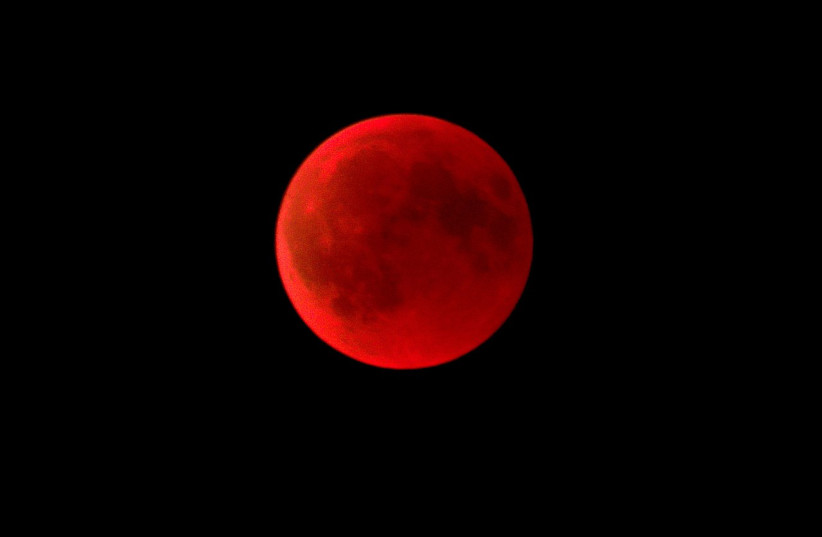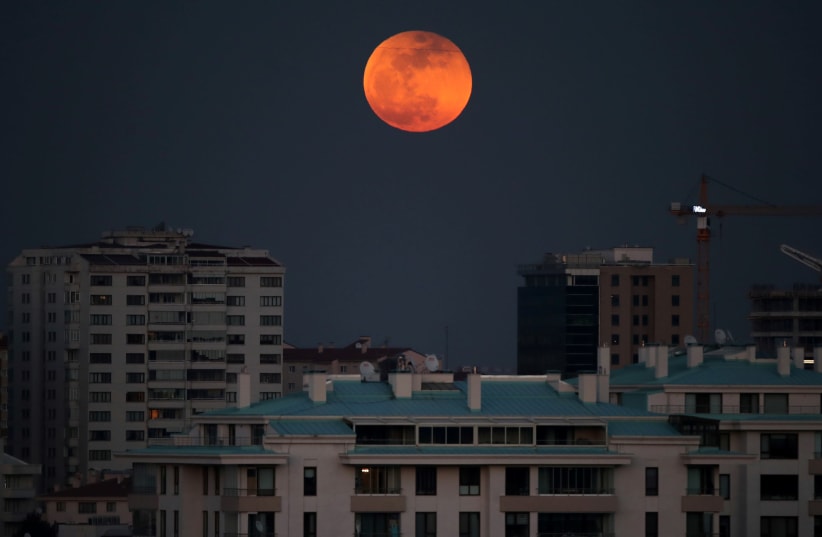The sky is set to be darkened soon in an event that only takes place once every year and a half or so: A total lunar eclipse.
So what is a total lunar eclipse? When exactly is it happening and how can we watch it?
Here is what you need to know.
What is a total lunar eclipse?
A lunar eclipse is when the Sun, Earth and Moon align in such a specific way that the Moon and Sun will be on opposite sides of the Earth. When this happens, the Sunlight means the Earth will cast a shadow, known as an umbra, onto the Moon, giving it a reddish-orangish color. This shading is the reason this type of eclipse is also known as a Blood Moon.
Lunar eclipses themselves happen multiple times a year, but these are usually partial eclipse when the Moon only partially passes through the umbra.
A total lunar eclipse, however, is far rarer.
How can we watch it? Is it safe?
Unlike a solar eclipse, where one must be careful about watching since it involves looking directly at the Sun, a lunar eclipse is completely safe to watch. You don't even need binoculars or a telescope for it — though it does magnify the experience. Really, all you will need is a dark area without bright lights so the Blood Moon is more visible.


But unfortunately, this really only applies to those who the Western Hemisphere.
As noted by NASA, all of South America and the eastern half of the US will experience every stage of the eclipse. The totality will be visible in nearly all of North America, Estern Europe and Africa.
In Israel, however, it won't be possible to see all of it, as only a partial eclipse will be visible.
Here, it will begin as early as 4:32 a.m. on Monday, May 16. It will still be clear enough that binoculars and telescopes won't be necessary, but it won't last long - just around 15 minutes, according to the Israel Space Agency.
But don't worry if you can't see it in person, because you can always watch it via one of NASA's livestreams.
